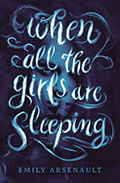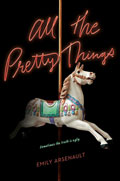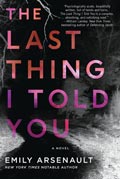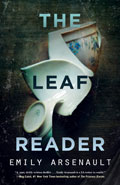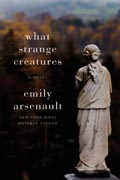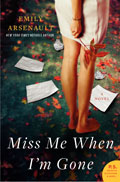After I wrote my first novel, The Broken Teaglass, I took some time settling into a second book. I had a number of false starts (there was that book about rural South Africa I keep trying to write, and then there was that country music-themed mystery I wanted to try).
One thing I noticed about all of these books . . . a character kept popping up in them that didn’t quite fit. She was a woman in her late twenties who’d had a rather dreary, lonely adolescence, the cause of which she still struggled to understand. After a while, I thought to myself—why not give this character her own book, so she’ll quit butting into all of my other plots?
So I began In Search of the Rose Notes, and knew from its earliest stages that it would be a relatively dark tale of adolescence gone awry—mixed in with a mystery.
Also very early on in the project, I remembered this commercial, pretty randomly, from my own youth:
These commercials were on TV all the time when I was about 10-12, and I desperately wanted those books. I don’t recall if I ever actually asked my parents for them—I believe I just assumed they would say no.
Now, as an adult, I began ordering them from Amazon at about a penny apiece (they’re out of print now), and started incorporating them into a book. It was great fun to read the books at long last and get to call it “research.”
My thinking was—imagine being allowed to have those books at that age? And imagine having something mysterious happen in your neighborhood, to which you could apply the information provided in the books? From that idea I developed the two girls—Nora and Charlotte—and their missing babysitter, Rose. Rose disappears, and the girls try to figure out what happened to her, using the Time-Life books as their investigative guide.
It was important to me that the girls be around eleven years old. I remember age eleven as an age of great clarity before adolescence descended and made me into a vaguely crazy person for several years. Also, I think for many this age is the last time one actively believes in psychic powers and ghosts and all of the other great stuff in those Time-Life books.
Growing up in Cheshire, CT, I had a good friend who lived two houses down from me, at whose house I spent huge amounts of time from preschool through age thirteen, when it became clear –as is typical with these sorts of friendships—that we were going to have different friends and interests in high school. She and I weren’t a great deal like Nora and Charlotte (I would say I’m more like Nora than she is like Charlotte, but even that resemblance is negligible), but I stole some little details of our friendship and stuck them in this book. She did, for example, invite me watch Jaws with her repeatedly, completely oblivious to how traumatized I felt at having to keep watching that poor shark hunter get bitten in half.

